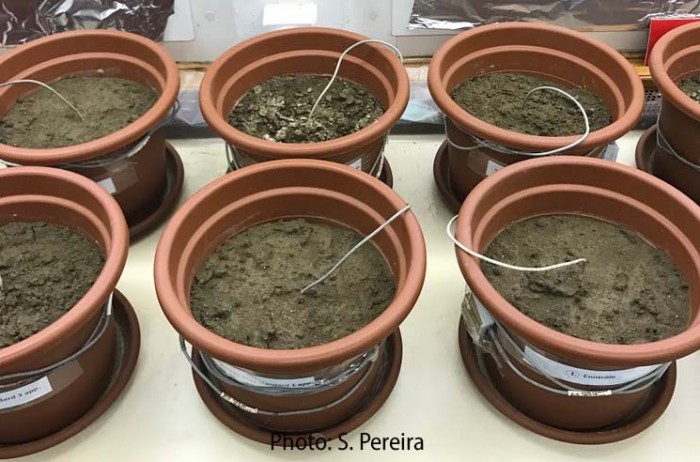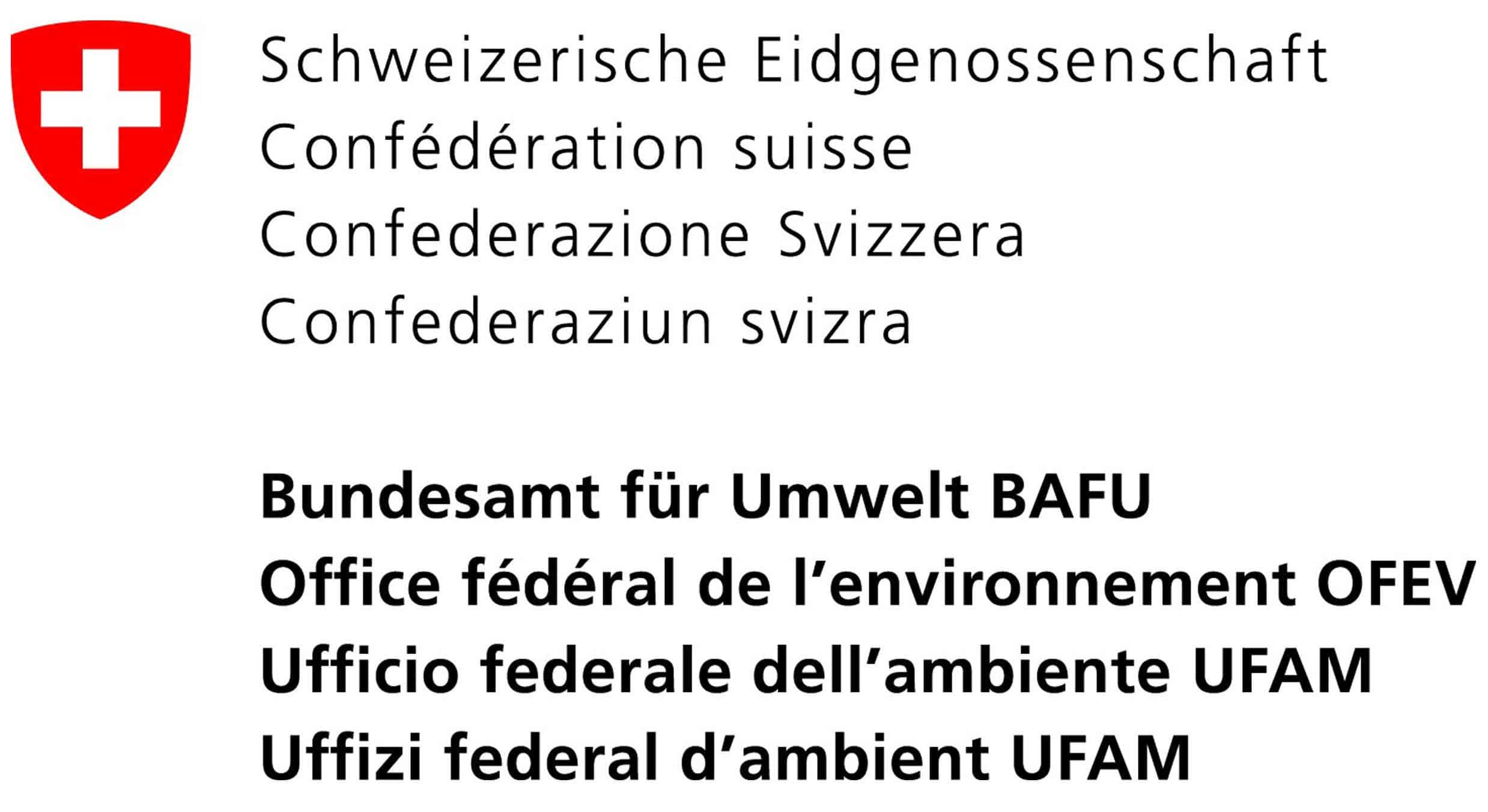
Effect of a biopesticide on soil microbial community: study in mesocosm
Die Auswirkungen synthetischer Pestizide auf die menschliche Gesundheit und die Umwelt sind ein zunehmendes Anliegen von Verbrauchern, Landwirten, Umweltmanagern und Politikern. Daher wird die moderne Landwirtschaft dazu gedrängt, die Verwendung umweltfreundlicher Alternativprodukte zu fördern, wie z. B. Pflanzenschutzmittel, die Mikroorganismen enthalten (Biopestizide). Significant efforts are usually made to evaluate the effect of these products on pests and plant protection. However, the environmental fate of these microorganisms and their potential impact on non-target soil microorganisms are poorly evaluated. This lack of information is largely explained by the methodological limitations of conventional approaches (culture and identification of microorganisms under the microscope), which do not allow detailed and rapid analysis of the microorganism communities. Dank der neuen Identifizierungsansätze, die auf DNA-Sequenzen ("Barcodes") in Verbindung mit Ultrahochdurchsatz-Sequenzierungstechniken basieren, ist es nun jedoch möglich, Bodenmikrobengemeinschaften (Mikrobiom) schnell und unerschöpflich zu charakterisieren. These new approaches greatly facilitate the assessment of the impact of biopesticides on native soil microorganisms.
The main purpose of this project is to provide and verify the plausibility of the risk scenarios, which must be taken into account when implementing the authorization for an environmental dispersal. Diese Szenarien basieren auf Modellen, die aus der Forschung abgeleitet wurden. In this case, we will test the hypothesis relating to the impact of microorganisms on communities of bacteria, fungi and soil protists and analyze community temporal dynamics.
The project plans to test in mesocosms the impact of a biopesticide on the soil microbial community by sequencing analysis. Dieses Biofungizid, das in Europa vielfach eingesetzt wird, wirkt gegen Gummibärchen(Didymella) und bodenbürtige pathogene Pilze(Fusarium, Phytophthora, Pythium, Rhizoctonia). The organism contained in this product acts by competition and parasitism of the target organism.
This study will have the originality of analyzing the impact of a biopesticide on all major groups of soil microorganisms (bacteria, fungi and protists). Im Allgemeinen sind diese Art von Studien auf die Analyse von Bakterien- und/oder Pilzgemeinschaften beschränkt.
Aufwertung
HEGER T., High-throughput sequencing data and bioinformatic tools open new perspectives for ecotoxicological assessment of biopesticides in soils, The 10th Expert Group on BioPesticides of OECD, Seminar on "Bioinformatics and regulation of microbial pesticides ", 24. Juni 2019, Paris, Frankreich.
2018 - in progress
Funding: Bundesamt für Umwelt (FOEN)


